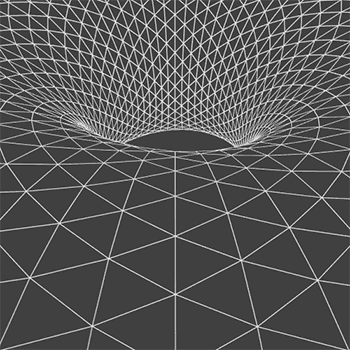"Let the smallest of these odd integers be:" \qquad \qquad 2 n - 1.
"The remaining 4 odd integers are:"
\qquad \qquad \qquad \qquad \qquad \quad \ 2 n + 1, \quad 2 n + 3, \quad 2 n + 5, \quad 2 n + 7. \quad
"The average of all 5 odd integers is:"
{ ( 2 n - 1 ) + ( 2 n + 1 ) + ( 2 n + 3 ) + ( 2 n + 5 ) + ( 2 n + 7 ) } / 5.
"The average of all 5 odd integers is given to be -21. Thus:"
{ ( 2 n - 1 ) + ( 2 n + 1 ) + ( 2 n + 3 ) + ( 2 n + 5 ) + ( 2 n + 7 ) } / 5
\qquad \qquad \qquad \qquad \qquad \qquad \qquad \qquad \qquad \quad \quad = -21.
\qquad \qquad \qquad \qquad \qquad { 5 ( 2 n ) - 1 + 1 + 3 + 5 + 7 } / 5 \ = \ -21
\qquad \qquad \qquad \qquad \qquad \qquad \qquad \qquad { 10 n + 15 } / 5 \ = \ -21
\qquad \qquad \qquad \qquad \qquad \qquad \qquad \ { color{red}cancel{ 5 } ( 2 n + 3 ) } / color{red}cancel{ 5 } \ = \ -21
\qquad \qquad \qquad \qquad \qquad \qquad \qquad \qquad \qquad \ 2 n + 3 \ = \ -21
\qquad \qquad \qquad \qquad \qquad \qquad \qquad \qquad \qquad \qquad \quad \ \ 2 n \ = \ -21 - 3
\qquad \qquad \qquad \qquad \qquad \qquad \qquad \qquad \qquad \qquad \quad \ \ 2 n \ = \ -24
\qquad \qquad \qquad \qquad \qquad \qquad \qquad \qquad \qquad \qquad \quad \ \ \ \ n \ = \ -12.
"At the start here, we had:"
\qquad \qquad \quad \ "the smallest of these odd integers is:" \qquad \quad 2 n - 1.
"As we found" \quad n \ = -12, \ "we have:"
\qquad \qquad \quad \ "the smallest of these odd integers is:"
\qquad \qquad \qquad \qquad \qquad \qquad \qquad \qquad \qquad = \ 2 ( -12 ) - 1
\qquad \qquad \qquad \qquad \qquad \qquad \qquad \qquad \qquad = \ -24 - 1
\qquad \qquad \qquad \qquad \qquad \qquad \qquad \qquad \qquad = \ -25.
"This is our answer:" \qquad \qquad \qquad -25. \qquad \qquad \qquad \qquad \qquad \qquad !!



